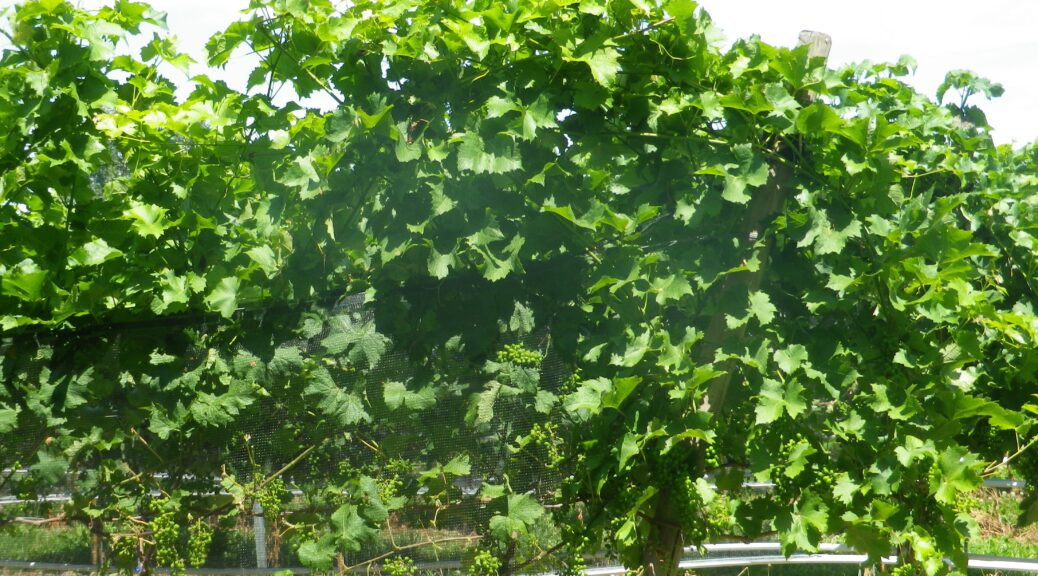What I Learned
Lake Constance vineyards are the southern-most vineyards in Germany. This large lake, also known as the Bodensee, is shared between Germany, Austria and Switzerland. Along the shores of the western arm of the lake, known as the Untersee, literally the Lower Lake, viticulture was fundamental from the start of recorded history in this area, as some of the earliest monasteries in the German-speaking world were founded on Reichenau Island. (It still has vineyards, vintners, and monastic buildings and churches dating to the early Middle Ages.)
Two wine regions join on the eastern shores of the lake, Baden and Wuerttemberg. Ironically, this section of the Wuerttemberg wine region is mostly in the state of Bavaria, whose only other wine area is north, in the Franconia wine region.
This wine district consists of small vineyard areas around Wasserburg am Bodensee and Nonnenhorn, just west of the Lindau suburbs. There are only about 55 hectares/135 acres of vines, tended by about 20 vintners. The vineyards are mostly south facing, looking out over the lake, just a couple of kilometers distant, and onto the Alps, beyond the lake in the distance. Thus, from both an enological and esthetic perspective, it is a great place to visit!
Several different varietals wines are made here. Mueller Thurgau is a widely popular white varietal and wine in this area. Another wine of note is the Weissherbst rose. It is made from a single red varietal only. However, the vintner has a choice of red varietals he can vinify into a Weissherbst rose. Most often though, it is from Spaetburgunder (Pinot Noir) grapes, the most popular red varietal.
What I Tasted
2018 Spaetburgunder Weissherbst, Nonnenhorner, Deutsche Qualitaetswein, Feinherb, Winzergemeinschaft Joseph Fuerst (Nonnenhorn): An off dry rose wine with an unusual orange rose color; mineral (iron, talc) nose with slight strawberry and wood flavors, medium minus tannins; complex and interesting
2017 Spaetburgunder, Sonnenbichl, Deutsche Qualitaetswein, Trocken, Weinkellerei Joseph Fuerst (Nonnenhorn): A dry red wine with medium minus cherry red color; herbaceous and slight red berry flavors, with herbaceous, slight spice flavors, medium plus tannins.
2017 Nonnenhorner Elbling, Bayrischer Bodensee Baden, Qualitaetswein, Trocken, Weingut Peter Hornstein (Nonnenhorn): A dry white wine with medium minus gold color; fruity nose, with peach, pear and floral flavors; high acidity.
